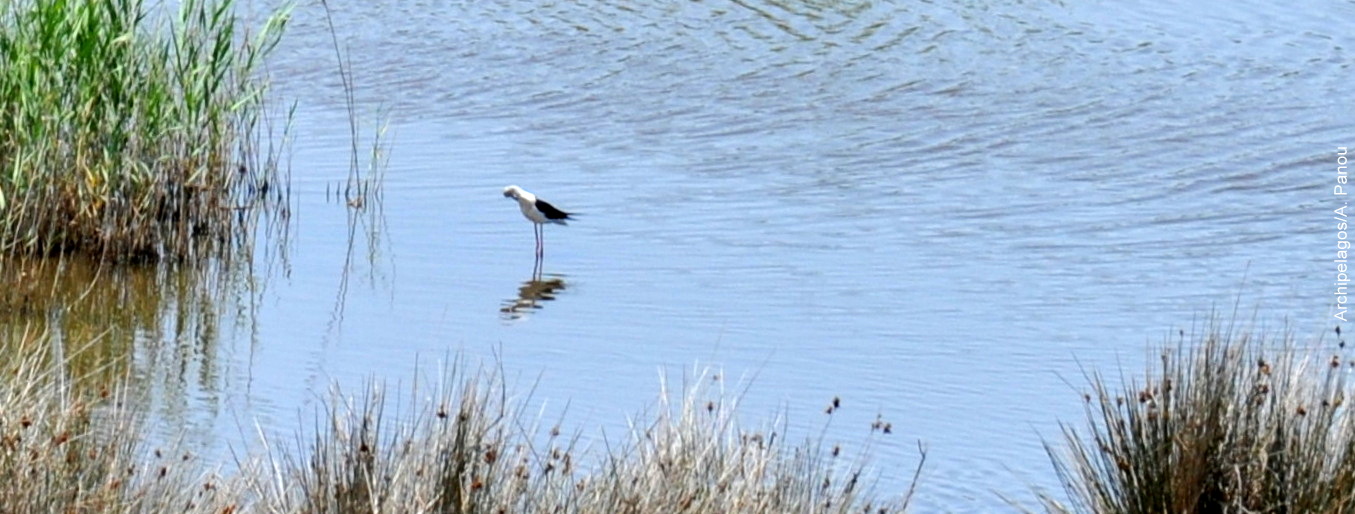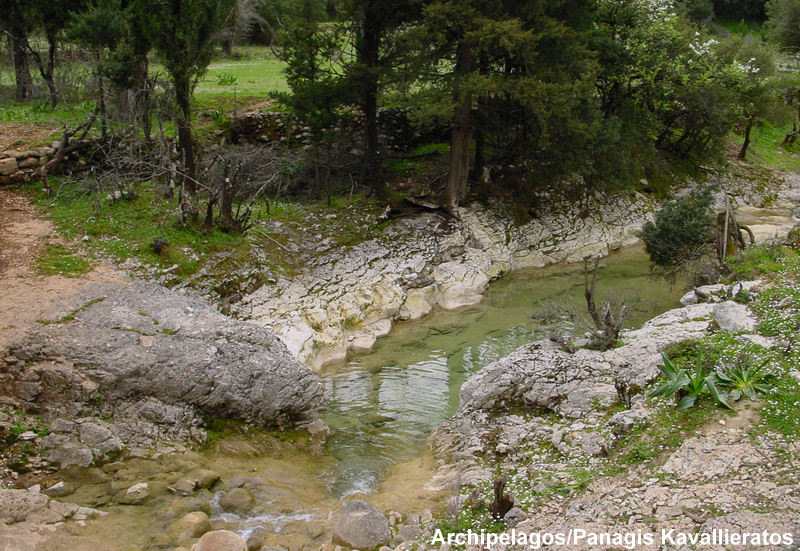
Unlike most Mediterranean islands, on the island of Kefalonia there are several types of wetlands: lakes both natural and artificial, cave lakes, swamps, source lakes and even small rivers some of which operated water mills in the past.


Source lake Avythos, SE Kefalonia
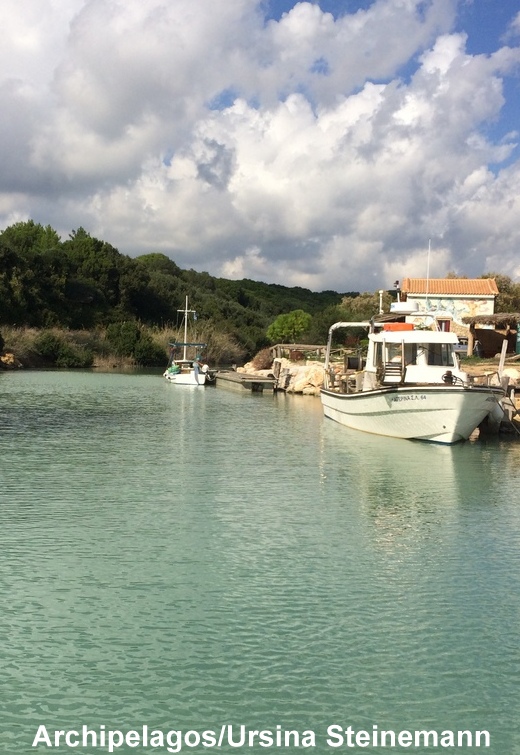
Bay inlet Vatsa south of Lixouri
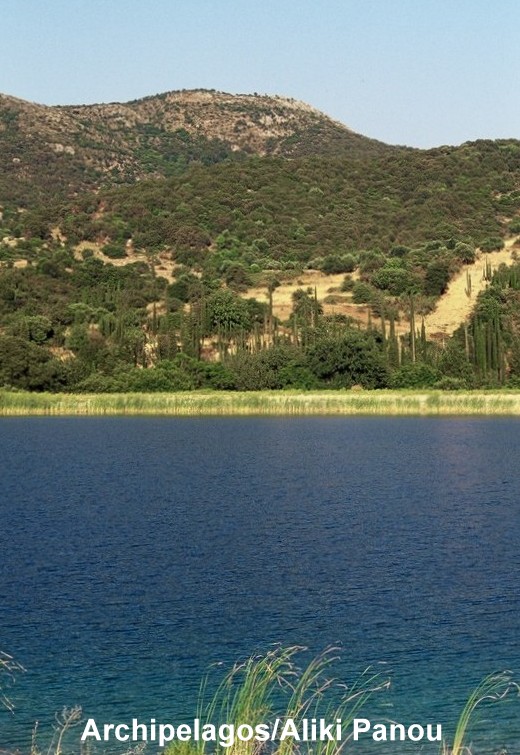
Artificial lake close to Poros

Cave lake Zervati close to Sami
The wetland of Livadi at the back of the gulf of Argostoli, is the most important of these wetlands in the south and central Ionian Sea, hosting numerous endangered bird species. It is said that in former times there were 12 springs supplying the wetlands with freshwater but they have gone dry through the explosions in the quarries that were established at its edges.
Additionally, more and more areas are being heavily grazed and at the same time the water is being drained in order to gain more land for grazing. Direct contact with the sea has been partly interrupted by the street between the sea and the wetland. Hunting is also a common activity in the area.
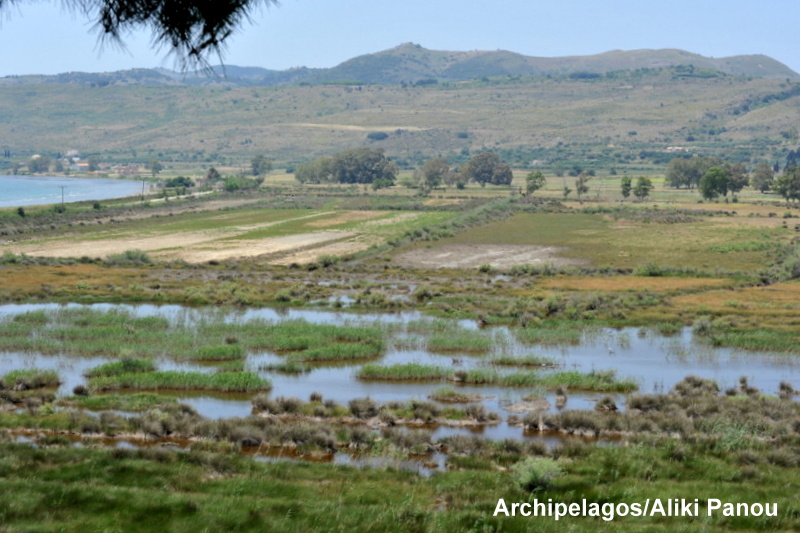
What we have done: we cooperated with the Institute of Zoology, University of Munich, and helped to organize studies on this precious wetland (1992-1995):
The types of vegetation in the wetland were recorded: areas with reed, areas with rushes and areas being grazed, etc.
The clear boundaries between these vegetation types are due to the different levels of salinity of the ground.
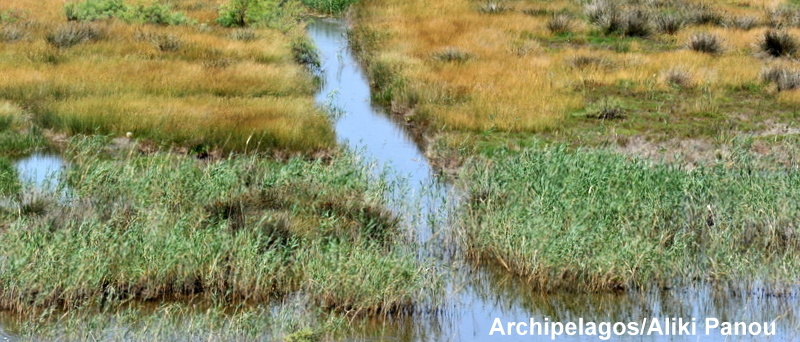
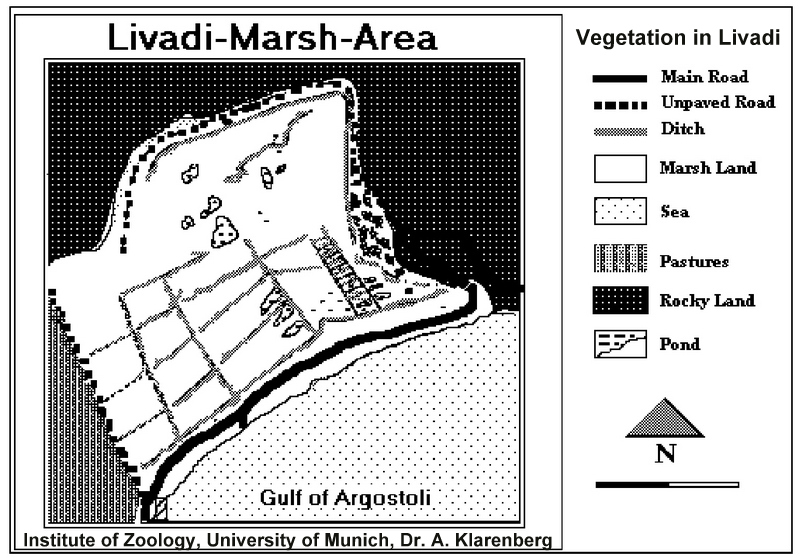
The exceptional bird fauna was monitored: we registered 107 species out of a total of 230 bird species registered on Kefalonia: Montagu’s harrier, the Glossy Ibis with up to 40 individuals, several species of herons, wild ducks and many other waterfowl, eagles, falcons and other raptors as also various songbirds. About 30% of the species belonged to the endangered bird fauna.
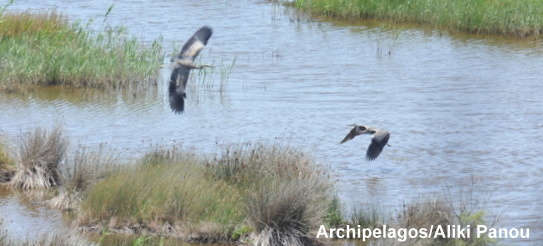
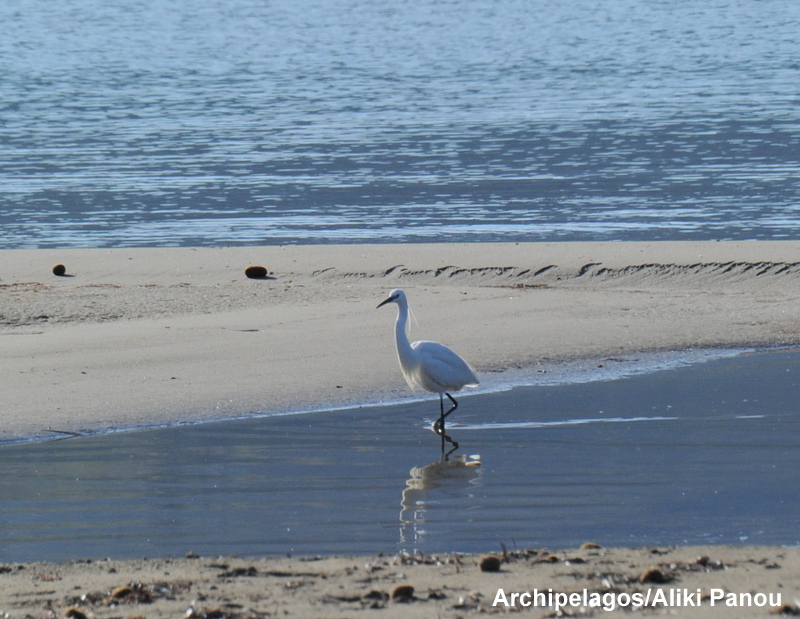
The –clearly distinguishable- territories of four songbird species within the wetland, according to their distinct songs, were recorded:
Cetti´s warbler (Cettia cetti)
Sedge warbler (Arcocephalus schoenobeaenus)
Great reed warbler (Acrocephalus arundinaceus)
Streaked fantail warbler (Cisticola juncidis)

The presence of both species of European water tortoises and their preferred territories within the wetland were documented:
The two species are:
Emys orbicularis
and
Mauremys caspica
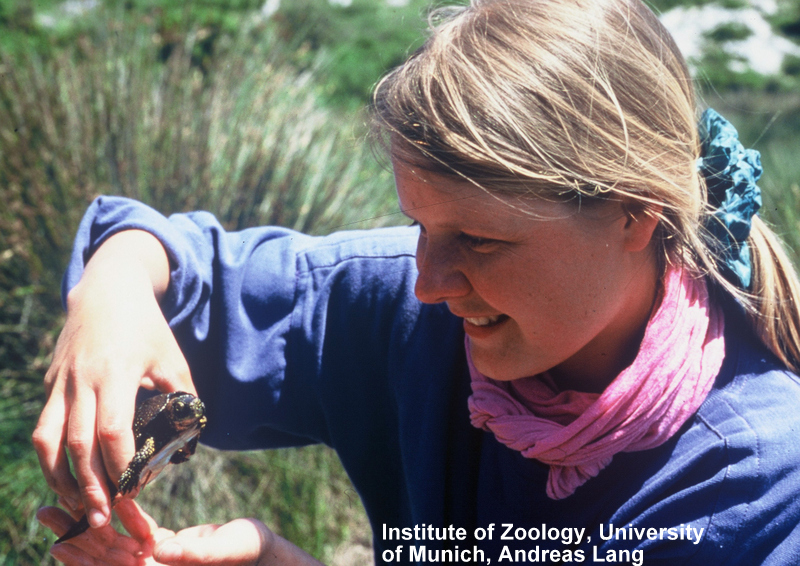
The main threats to this important wetland were studied, which are the drainage of water reserves, hunting, grazing, mainly by cows, and the operation of quarries nearby.
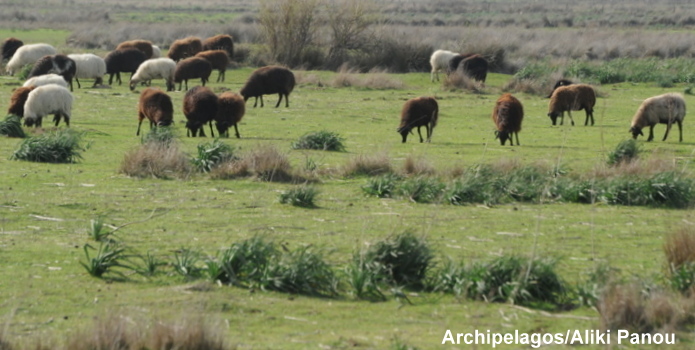
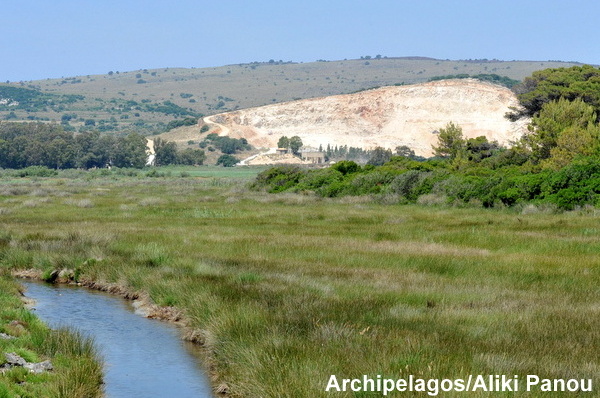
And a preliminary protection scheme was elaborated:
- Water drainage should be stopped and uninhibited contact to sea water should be restored
- Grazing should be limited
- Hunting should be stopped, of course
- A programme for measuring the annual water levels should be established. This is simple to do and is important for monitoring the water reserves.




